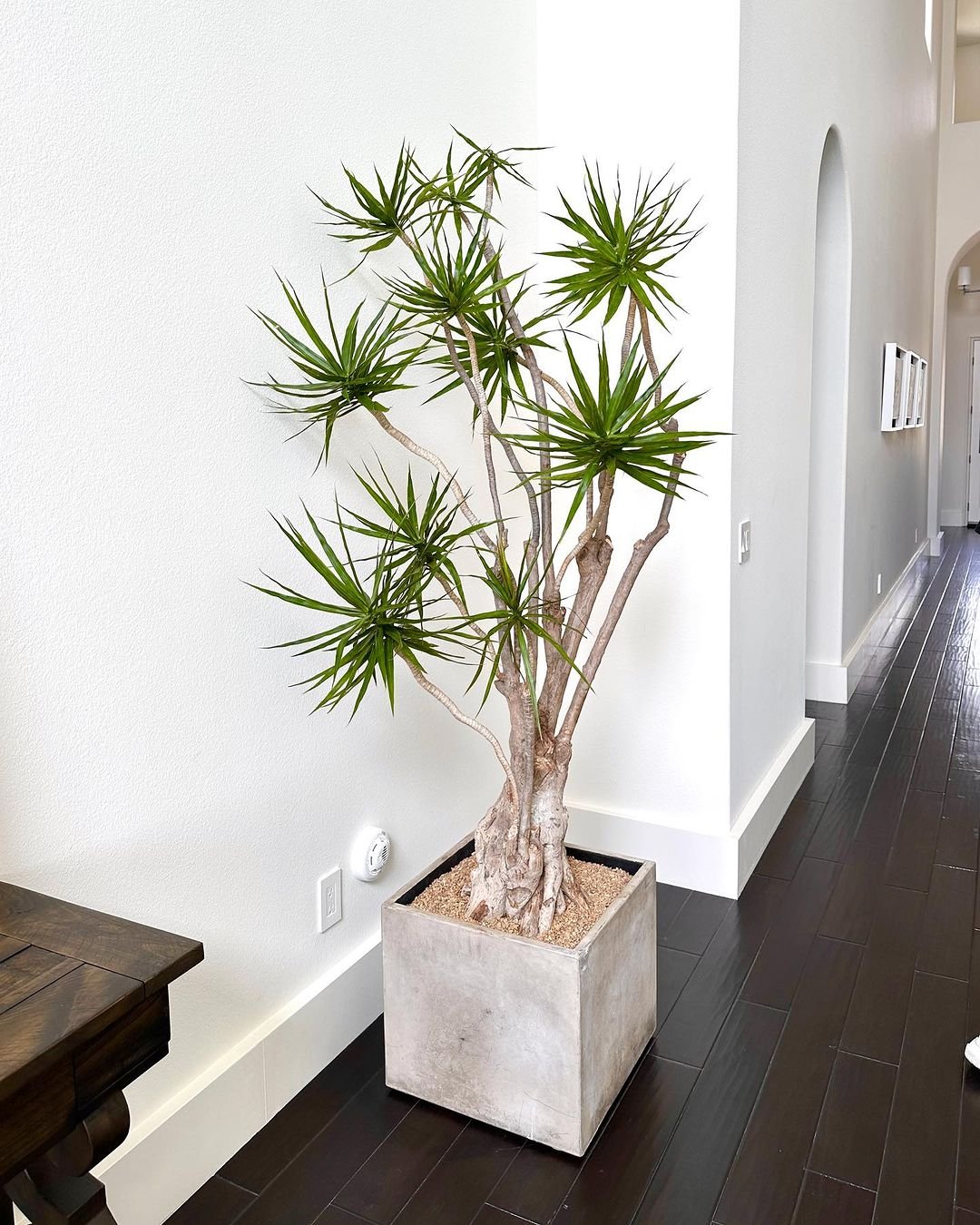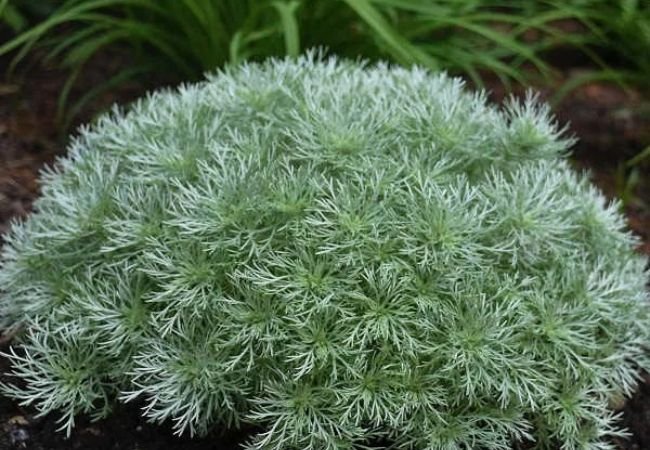Learn Madagascar Dragon Tree care—light, water, and more—from 10-year pro Ashley Scott. A tough, air-purifying houseplant for USA homes!

Hey there, plant lovers! I’m Ashley Scott, and with 10 years of gardening experience in my USA backyard, I’ve grown tons of easy indoor trees like the Madagascar Dragon Tree. This beauty, also called Dracaena marginata or red-edge dracaena, is a tall, slender stunner with narrow green leaves edged in red or pink that sways like grass on top of thin stems. It’s native to Madagascar and super popular for homes because it’s tough, air-purifying, and adds a tropical vibe without much fuss. I have one in my living room that started as a tabletop plant and now towers over my couch—perfect for small spaces or as a privacy screen by a window. Let’s break down how to care for it, with tips from my own setup.
Why Grow a Madagascar Dragon Tree?

This plant is a beginner’s dream: it cleans the air (NASA-approved!), grows slowly to 6-10 feet indoors over years, and handles neglect well. It’s great for urban spots like apartments, and its upright shape fits against walls or in corners. Plus, it’s low-water and forgiving, much like succulent propagation projects I love (check my guide at USA Garden Hub).
Care Tips for Madagascar Dragon Tree
Here’s the simple scoop on keeping yours happy—based on what works in my home.
Light
Bright, indirect light is best, like near an east-facing window. It can take partial shade but grows slower with smaller, duller leaves there. Avoid direct sun—it scorches the tips!
- My Tip: My first one got leggy in low light, so I moved it closer to a window with sheer curtains. Now it thrives with 4-6 hours of soft rays a day.
Water
Let the top 1-2 inches of soil dry out between waterings—about every 1-2 weeks. Overwatering causes root rot, the biggest killer.
- My Tip: I stick my finger in the soil to check—if it’s dry, I water deeply until it drains out. In winter, cut back to once a month.
Soil and Potting
Use well-draining potting mix for houseplants or cacti, with perlite added for extra airflow. Repot every 1-2 years in spring into a pot just 1-2 inches bigger.
- My Tip: Terra cotta pots are great—they let soil dry faster. I top-dress with compost from my DIY compost bin for nutrients (see my ideas at USA Garden Hub).
Temperature and Humidity
Keep it at 65-80°F daytime and above 60°F at night—normal room temps work fine. It likes average humidity (40-50%), no misting needed.
- My Tip: Mine chills near a heater vent in winter, but I pull it back if it gets too toasty.
Fertilizer
Feed a balanced, diluted houseplant fertilizer (like 10-10-10) every 4-6 weeks in spring and summer. Skip in fall and winter.
- My Tip: Less is more—I only fertilize monthly, and it keeps the red edges vibrant.
Pruning and Maintenance
Trim brown tips with clean scissors to keep it neat. Dust leaves monthly for better light absorption.
- My Tip: If it gets too tall, cut the top and root it as a new plant—easy peasy!
Propagation: Grow More Dragon Trees
Stem cuttings are the way to go—super simple, like succulent propagation from stem.
- Cut a 4-6 inch top stem in spring, let it callous for a day, then plant in moist soil.
- Keep in indirect light and mist until roots form (2-4 weeks).
- My Tip: I rooted mine in water first—roots in 3 weeks, then potted up.
Common Problems and Fixes
- Brown Tips: Too much fluoride in water or dry air—use filtered water.
- Yellow Leaves: Overwatering or cold drafts—check soil and move it warmer.
- Pests: Spider mites love it—wipe with soapy water if you spot webs.
- My Story: My plant dropped leaves after a move (stress!), but it bounced back with steady care.
For more, check The Spruce’s full guide or Costa Farms tips.
Wrapping up, the Madagascar Dragon Tree is a resilient, eye-catching pick that fits right into busy USA homes—grow one and watch it soar! Got tips or troubles? Share in the comments on USA Garden Hub!







One comment on “Madagascar Dragon Tree Care: Easy Guide for Indoors”